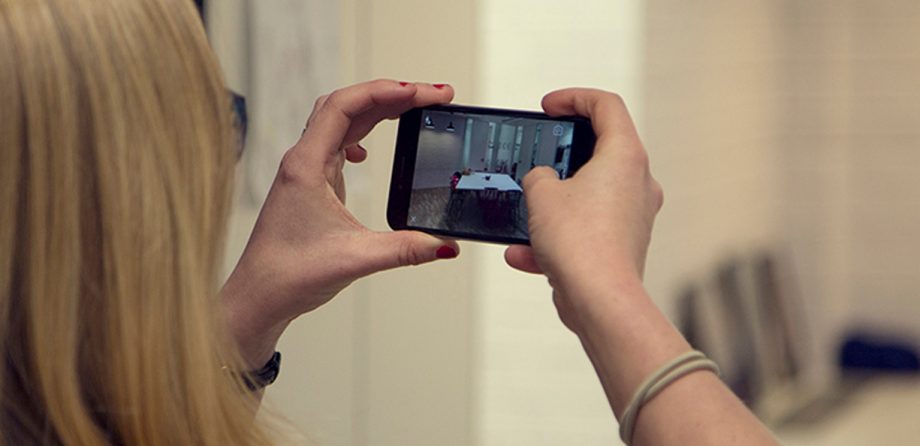People are complex.
No one knows this better than the anthropologist, who desperately tries to make sense of what people do and why they do it.
Companies also know this, and know that with complexity comes challenges. To overcome these challenges, some organisations are turning to anthropologists and ethnographers to help them find new ways of approaching customer experience, product design and long-term strategy.
Intel has already found success through ‘corporate ethnography’. Trained ethnographers take the concepts and theories of anthropology with them to ‘the field’ where they conduct their research amongst individuals and communities. Through ethnographic research, Intel was able to understand more than just what technologies people were buying – they found out why and how they were using them. This was useful in exploring new markets, and helped them to forecast technological trends in society, such as whether baby boomers keep their PC and TV habits as they age, or whether smartphone technology will replace personal computers. Ethnography allowed Intel to find answers to these key strategic questions, and adapt their tactics accordingly.
As Intel found, the benefit of ethnographic research is that it enables you to get as close to a person’s lived reality as possible. An ethnographer walks in someone’s shoes, feels what they feel, and does what they do. The detailed, qualitative data they collect can paint a picture in ways that hard quantitative data can’t; the result is a richer and more accurate understanding of people and their worlds. Businesses can use this information to understand, and anticipate, their customers’ needs – and inform their long-term strategies.
To gain an insight into the benefits of ethnographic research, I ran a Showcase at NKD, giving colleagues first-hand experience of the work that anthropologists do.
We first set the scene, exploring how our mindsets and subjectivities have the potential to shape our experiences. The social and cultural baggage that we carry forms a lens through which we see the world, question it and form judgments. Awareness of these biases was therefore key before the fieldwork began.
Participants then went out into the ‘field’ – the NKD office. Their challenge was to approach this familiar environment as an outsider, questioning everything as someone alien to our community would. Participants documented objects of interest and shared their findings with the group. The discussion that followed revealed some remarkable things about our office and the people who inhabit it. From decoding desk décor to analysing our attitudes towards trust and security, the discussion covered every aspect of life at NKD from the perspective of both an insider and outsider.
Our short Showcase showed us that ethnographic fieldwork can bring the workplace to life through new perspectives. For companies who create change for complex people in a complex world, an anthropological methodology can reveal remarkable things that others might miss. Organisations invest millions in their people every year, and having an anthropologist make sense of this complexity could be the difference between long-term success and failure.
The choice is a simple one.
Loulwa Al Rasheed-Wright
